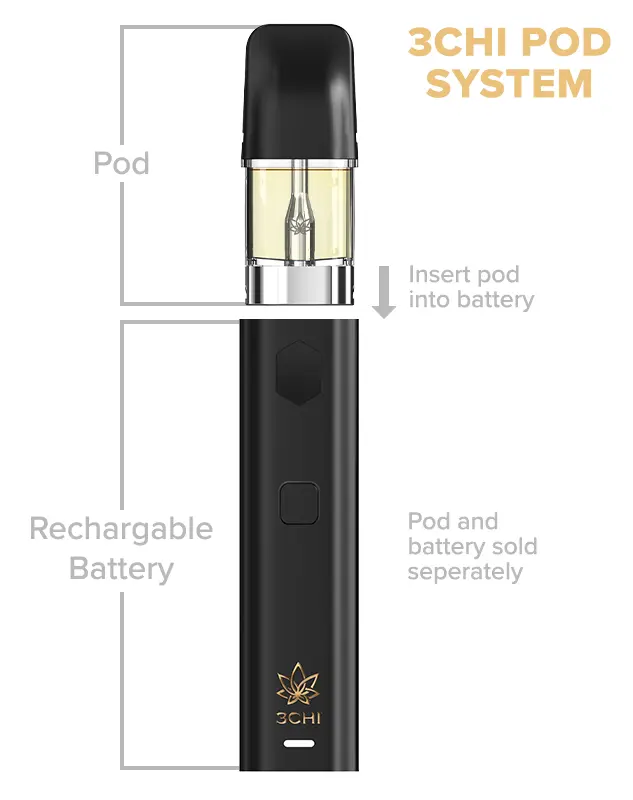Specialist Tips: Turn Products Popular Vape Instruments
Specialist Tips: Turn Products Popular Vape Instruments
Blog Article
The Environmental Impact of Non Reusable Vapes: Are They Really Lasting?
As culture increasingly changes towards eco-conscious intake methods, the sustainability of items has come under analysis especially in the past. Disposable vapes, a thriving market section in the vaping sector, have stimulated debates regarding their ecological effect. The benefit and simplicity of usage that non reusable vapes use are indisputable, but below the surface exists a complex web of environmental effects that elevate questions about their true sustainability. With issues ranging from source extraction to lose disposal, delving into the environmental impact of disposable vapes introduces a multifaceted problem that should have more detailed evaluation.
Ecological Impact of Disposable Vapes

Unlike conventional vapes that can be re-filled and recycled, disposable vapes are developed for a single-use cycle, leading to a fast build-up of digital waste. The production procedure of disposable vapes likewise eats beneficial sources and energy, further exacerbating their environmental impact. Improper disposal of these devices can cause soil and water contamination, presenting threats to wild animals and environments.

Manufacturing Refine and Source Consumption
Throughout the production of disposable vapes, substantial quantities of sources and power are consumed, adding to their overall environmental influence. The production procedure of disposable vapes includes the extraction and processing of basic materials such as steels for the device components, plastic for the casing, and lithium-ion batteries for the source of power. These processes require substantial power inputs and can cause the generation of greenhouse gas emissions, adding to climate change. In addition, the manufacturing of disposable vapes frequently entails making use of non-renewable resources, even more depleting finite products.
Moreover, the production of non reusable vapes also creates waste and air pollution. The manufacturing procedure of disposable vapes plays a considerable function in their total ecological footprint and sustainability considerations.
Waste Generation and Disposal Difficulties
In light of the resource-intensive production procedure of disposable vapes, the monitoring of waste generation and disposal provides significant ecological obstacles. Non reusable vapes add to the installing problem of electronic waste due to their single-use nature and complicated structure.
Moreover, the inappropriate disposal of disposable vape cartridges, which frequently contain recurring nicotine and various other poisonous substances, can infect the setting otherwise dealt with properly. The lack of standard recycling programs for these cartridges exacerbates the issue, with lots of winding up in normal waste streams.
To deal with these waste generation and disposal challenges, it is essential for suppliers to create even more sustainable vape items that are much easier to reuse. Furthermore, increased understanding and education on correct disposal methods amongst customers are important in mitigating the ecological impact of non reusable vapes.
Chemicals and Toxic Materials Usage

In addition, the batteries in disposable vapes consist of hefty steels such as cadmium, lead, and lithium, which are damaging to the environment if not reused appropriately. Turn products. Incorrect disposal of these batteries can cause soil and water contamination, positioning dangers to environments and human wellness. The extensive use of chemicals and poisonous materials in non reusable vapes highlights the value of embracing sustainable practices in their disposal, usage, and manufacturing to mitigate negative ecological influences.
Sustainable Alternatives and Solutions
What sustainable options and services can be implemented to resolve the environmental impact of non reusable vapes? One substantial option is the fostering of refillable or rechargeable vape gadgets. By choosing devices that can be charged and re-filled with e-liquid, consumers can significantly reduce the quantity of waste generated from non reusable vapes. In addition, promoting liable disposal methods for disposable vapes, such as reusing programs, can aid mitigate the ecological consequences related to these products.
One more lasting service is the advancement of biodegradable vape parts. Manufacturers can explore making use of biodegradable materials for vape housings, cartridges, and product packaging to lower the lasting ecological effect of these items. Motivating the usage of vaping products with less chemical ingredients and contaminants can likewise contribute to a much more lasting vaping market.
Education and recognition projects can play a critical duty in advertising lasting practices among vapers - Turn products. By informing customers regarding the ecological impact of non reusable vapes and highlighting the benefits of eco-friendly choices, people can make more educated choices that line up with ecological conservation efforts. Inevitably, a combination of governing procedures, technological developments, and customer actions is vital to resolve the ecological difficulties postured by non reusable vapes
Conclusion
In verdict, the environmental impact of non reusable vapes is considerable as a result of the production process, resource consumption, waste generation, and use of chemicals. Lasting options and solutions must be taken into consideration to reduce these adverse results. It is crucial for consumers and producers to focus on eco friendly methods to lower the environmental injury created by read this non reusable vapes.
The environmental influence of disposable vapes is a growing issue as their prevalent use contributes to plastic waste accumulation.Unlike standard vapes that can be refilled and reused, non reusable vapes are designed for a single-use cycle, leading to a rapid build-up of digital waste. The prevalent use of chemicals and hazardous materials in non reusable vapes highlights the relevance of recommended you read adopting lasting practices in their disposal, manufacturing, and use to alleviate adverse ecological influences.
By informing customers about the environmental impact of non reusable vapes and highlighting the advantages of eco-friendly options, individuals can make even more educated choices that line up with environmental preservation initiatives.In verdict, the ecological influence of disposable vapes is considerable due to the manufacturing process, source usage, waste generation, and use of chemicals.
Report this page